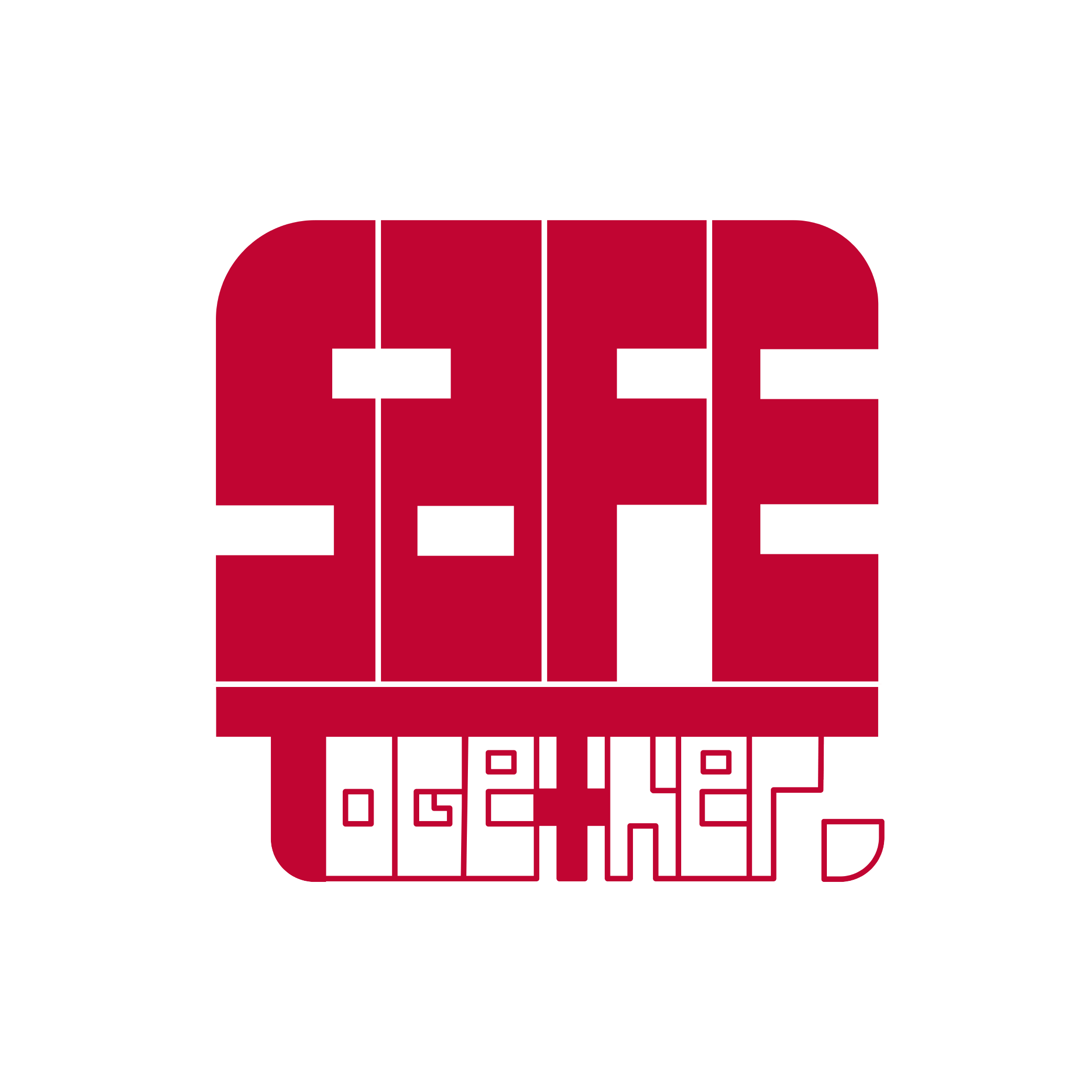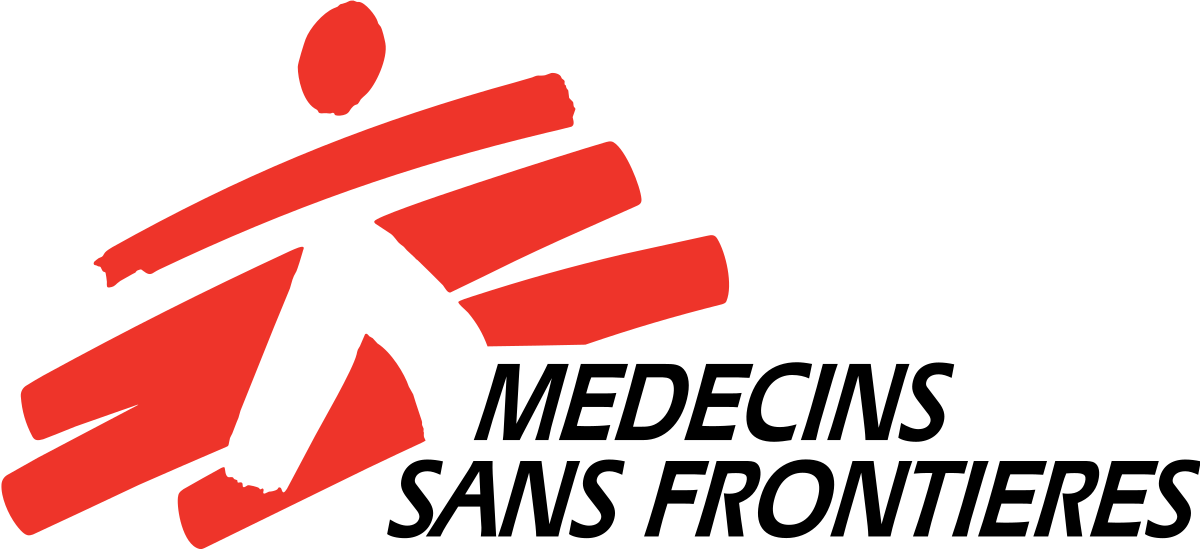
SafeTogether
Presentation file
SafeTogether - An application to inform, prevent, protect and care people about the natural disasters in French Antilles


SafeTogether - An application to inform, prevent, protect and care people about the natural disasters in French Antilles
As this app has a humanitarian goal, looking for public subventions is worth considering. Given the fact that this app will be conceived in France, we could take advantage of the national legislation. Indeed, we could get significant subventions from the State as a recognized public-interest organization.
According to the French legislation of 1901 concerning non-profit organizations, it is possible to be “labelized” public-interest organization. It would allow us to receive donations, legacies and devices. Contrary to basic non-profit organizations, we could have the right to benefit from notarial deeds, such as buildings, fournitures, etc. What’s more, within the scope of a favorable tax structure, the legislation foresees tax breaks both for the donors and sponsors and for the organization itself.
The criterias to be recognized public-interest are the following :
Thus, the legal procedure to be recognized public-interest organization could be launched in three years minimum, and our financial situation should be assiduously watched in order to preserve, over a first phase, certain independency from public subsidies and focus on private partners.
But in the short term, asking for a basic non-profit organization statute guaranteed by the law of 1901 seems to be a necessary step forward to take. It would give a stronger credibility to our project. The procedure is relatively simple. It is a question of proving that our organization is not looking for profit to give to its founders and it is purely declaratory. It would allow us to create a legal personality able to open a banking account and to organize events in its own name. Most importantly, we could ask for a certain amount of public subventions, for tax benefits and for donations.
In order to rationally be efficient, our project needs to find financing partnership in the private sector. Indeed, corporate philanthropy might appear as a good way to finance the app.
Corporate Philanthropy is a phenomenon that appeared in the 1990s, where the social responsibility of the firms began more and more important. Since then, corporations tend to give noticeable amounts of their funds to fight for common well. It can be in the fields of education, culture, health, integration, etc. Nowadays, some of the most influential corporate foundations have more money and power than the biggest NGOs. For instance, the Bill and Melinda Gates Foundation gathers more money than the UNICEF and the World Health Organization altogether.
In a context of social responsibility, corporate philanthropy is therefore a really good way to find resources to develop our project.
At this stage, even though our project would touch anybody, it seems to be really important to focus on specific industries and firms that might find a direct interest to enter in a partnership with us. For instance, the sector of construction is one of the industrial sector that thinks the most about new ways to construct, to live, to built, in order to fight against natural disaster and catastrophes. Vinci and Bouygues Construction in France have for example groups of researchers that are finding new materials, new ways of construction for specific geographic areas that are prone to natural catastrophes, such as earthquakes. Our project is directly linked to their field of interest.
As a counterpart of their financial support, they would have our sponsor, as a label. This label can really value the overall image of the firm and contribute to their “social responsibility”.
Furthermore, according to Nicolas Simon and Marianne Eshet, two French sociologists, corporate philanthropy might appear as a way to create link between the people and the organizations, in a context of a capitalism crisis. It can change the image the public opinion has of capitalism and permit to create an assistance towards people in need. The help of private companies can help our project to achieve a relevant and noticeable development, but also can establish a link between the private sector and the common well.
To optimize the app’s potential functions and maximize the benefits for users, the support of the logistical and legitimizing partnerships is vital.
Some partnerships are fundamental to keep the app updated and useful.
First, an active partnership with Google would be essential. The aim of this partnership would be to benefit from continuous updates of the maps used in the app: any changes or new informations would simultaneously translate in the app’s display. This is crucial to ensure the best management in a critical situation and to guarantee the accurate functionalities for our users.

Sikana would also be a valuable partnership. Their operations focus on producing and sharing educational videos in order to inspire and improve the lives of all those in need by sharing knowledge. This mission is perfectly coherent with our values and purpose. They produce wide range of useful tutorial videos: from surf and yoga to first aid and shelter building, all videos are characterized by their flawless quality and clear instructions. This partnership would therefore be ideal to create a wide range of useful videos in case of a natural disaster that would be available on the app and also shared through their website. Since this non profit organization has shown a true commitment towards supporting educational projects and social initiatives, a partnership between Sikana and Safe Together would be natural and mutually beneficial.

Another interesting partner would be Facebook. The Safety Check is a feature activated only when there has been a major incident to easily determine the safety of a person in the affected area. The partnership would synchronize the Facebook Safety Check with the data on the app simultaneously, to outline secure regions and differentiate them faster from sectors in distress.

Finally, a collaboration with the Red Cross would pertinent as well as mutually beneficial. While their input would be essential to instruct the users to the nearest rescue team and medical assistance, the app would provide them in return with valuable information to determine where their help is required and less affected areas.

Other partnerships would not bring a direct logistic support but would rather fulfil the role of legitimizing the work. Credibility is imperative. To deem the app trustworthy in the eyes of the users is to ensure its utility: in the event of an emergency they have to be certain they can rely on the app with their lives! For this, we would seek the approval of internationally well known and respected entities such as CARE, Médecins sans Frontières and Amnesty International. Their support would validate our efforts, if a major humanitarian organization endorses the project it would not only promote its popularity but also further the reach of the help provided.


